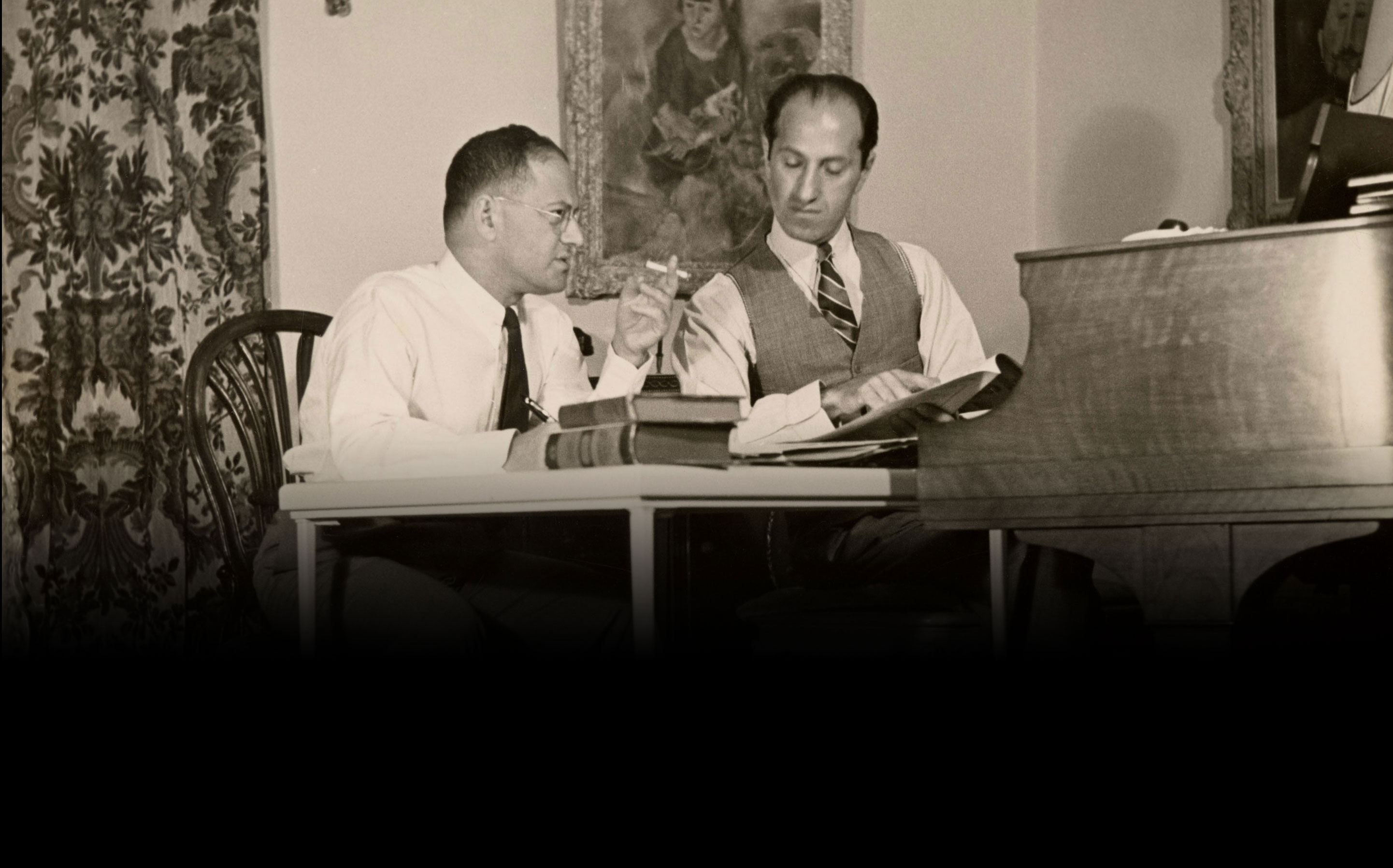The Blues in Spring: Gershwin’s Rhapsody and Stravinsky’s Rite of Spring
Gershwin’s Rhapsody in Blue was a smashing success, even though many musicians and critics were aware of its composer’s inexperience writing more substantial orchestral works. So what might its warm reception be attributed to? More often than not, context is everything. . . Rhapsody in Blue has been memorialized as the piece in which George Gershwin broke the mold by merging popular idioms with an exploration of art music’s longer and more substantial form. What many don’t realize, however, is that his premiere’s considerable success may have largely been thanks to its timing, for when should Rhapsody in Blue have […]
